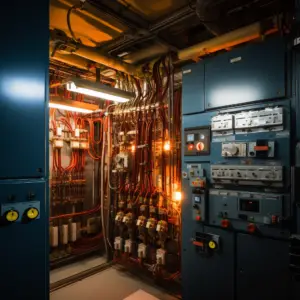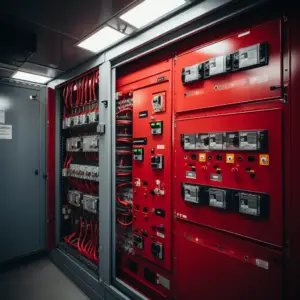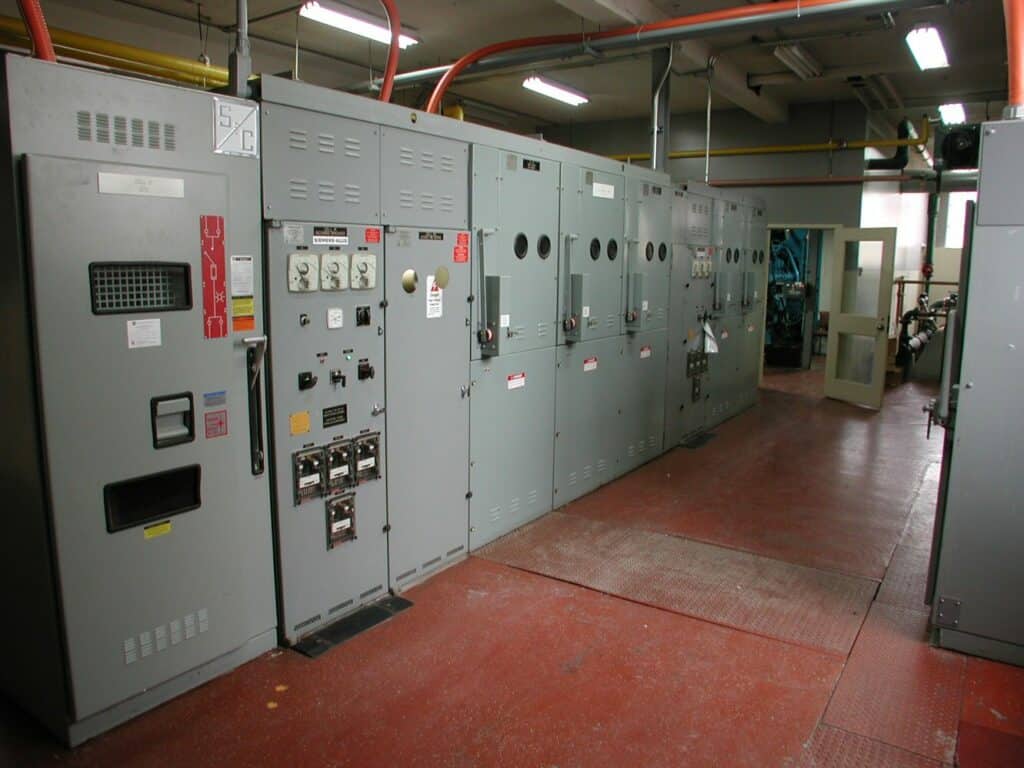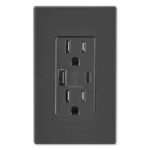Fire-rated electrical rooms, An electrical room is a special type of room that houses various electrical equipment, such as panels and fuse boxes. To be safe, it should be built with fire-resistant materials to prevent or minimize damages from any potential fires.
The main purpose of installing this material is to provide an extra layer of protection for the equipment housed inside the room.
Table of Contents
Electrical Room

Electrical room can be found in homes, offices, and other commercial buildings. The electrical rooms are protected using fire-resistant materials and have fire doors to prevent fire from spreading into the rest of the building. The electrical rooms have many safety features that help keep people safe in an emergency. These include:
- Fire-rated walls. The walls are made of concrete or other materials that can withstand high temperatures and will not burn easily. This prevents smoke from spreading into other areas of the building or home when there is a fire in the electrical room.
- Fire-rated ceilings. Fire-resistant materials such as plasterboard or gypsum board are used on the ceiling, which prevents it from catching fire easily when exposed to heat from a nearby source, such as an electric cable.
- Fire-rated doors. The door must be able to withstand high temperatures and be closeable so that people cannot get inside if there is a fire in their area or if they need to escape quickly because their area has become unsafe due to smoke or toxic fumes coming from another area in the building where there is a problem with an appliance or machine.
Do Electrical Rooms Need To Be Fire Rated: An Explanation
Fire-rated walls, doors, and windows protect against fires in rooms with a risk of fire or heat damage. The purpose of fire-rated walls is to slow down a fire so that it can be contained and controlled before it spreads to other areas of the building.
What are the different types of fire ratings?
There are two different types of fire ratings:
- Fire resistance – This is the time a wall or door takes to pass from its original state before exposure to fire; destruction after exposure to fire. The time required for materials to reach this stage is known as the passage time. A common measure for this is minutes, seconds, or hours depending on the tested material.
- Fire performance – This refers to how well a product performs when exposed to flames and heat compared with another similar product. It may also include other factors such as water penetration and sound insulation properties
What is a cable tray?
A cable tray is a metal framework that supports cables in an office or commercial building. The tray is usually aluminum or steel and comes in several sizes. It can support thousands of feet of cables without buckling or cracking.
Office buildings with numerous stories need cable trays for electricity, Internet, water, and other services. The cable tray lets all these services go through one conduit instead of one per level in an office building. Reduced service lines throughout the building save installation and maintenance expenses.
The cable tray also helps keep cabling organized and tidy by keeping them all together under one unit instead of running them throughout the entire building individually.
In addition, they keep everything at eye level so that anyone who needs access to them can easily see where they go without having to climb on top of furniture or other items inside the building.
Purpose of Electrical Enclosure
Electrical enclosures shield device internals from the environment. Plastic, metal, or a mix of both can be used. Power supply, control panels, and other electrical equipment require enclosures.
An electrical enclosure protects an electrical device’s internal components from damage by external elements such as moisture, dust, dirt, and other foreign matter. In addition to protecting the internal components, they provide physical support for circuit boards and wiring harnesses.
Electrical enclosures also control access to sensitive parts such as switches or circuit breakers inside the enclosure. This makes them useful for industrial control panels where access needs to be limited for safety reasons.
Mechanisms to protect from fire

Fire is a chemical reaction that releases heat, light, and various gases. The most common fire is combustion between oxygen in the air and fuel. Fire can also be caused by lightning or by volcanic action.
Controlling the heat
Heat is what causes things to burn. The hotter something is, the faster it burns. Firefighters use this knowledge to control fires by trying to lower the temperature of flames, fuel, or both by dousing them with water or smothering them with chemical foam.
Controlling the fuel source
Fire needs three things to burn: fuel, oxygen, and heat. If you remove any of these elements from a fire, it will go out. The most common way to stop a fire is by cutting off its fuel source.
This can be done by removing flammable materials from your home or office and keeping them away from heat sources like stoves or space heaters. It’s also important not to overload electrical circuits with too many appliances.
Summary
Fire-rated electrical rooms can help improve the safety of an office. Normally, offices with fire-rated electrical rooms tend to be more secure than those that are not. This is particularly important in architects’ offices and other design companies as they may handle sensitive documents or goods.
Fire-rated electrical rooms often have extra safety measures. They probably have sprinklers and can contain dangerous items better than regular ones. Cities often mandate fire-rated electrical rooms in newer buildings. Look for the fire rating on the floor plan during design.


